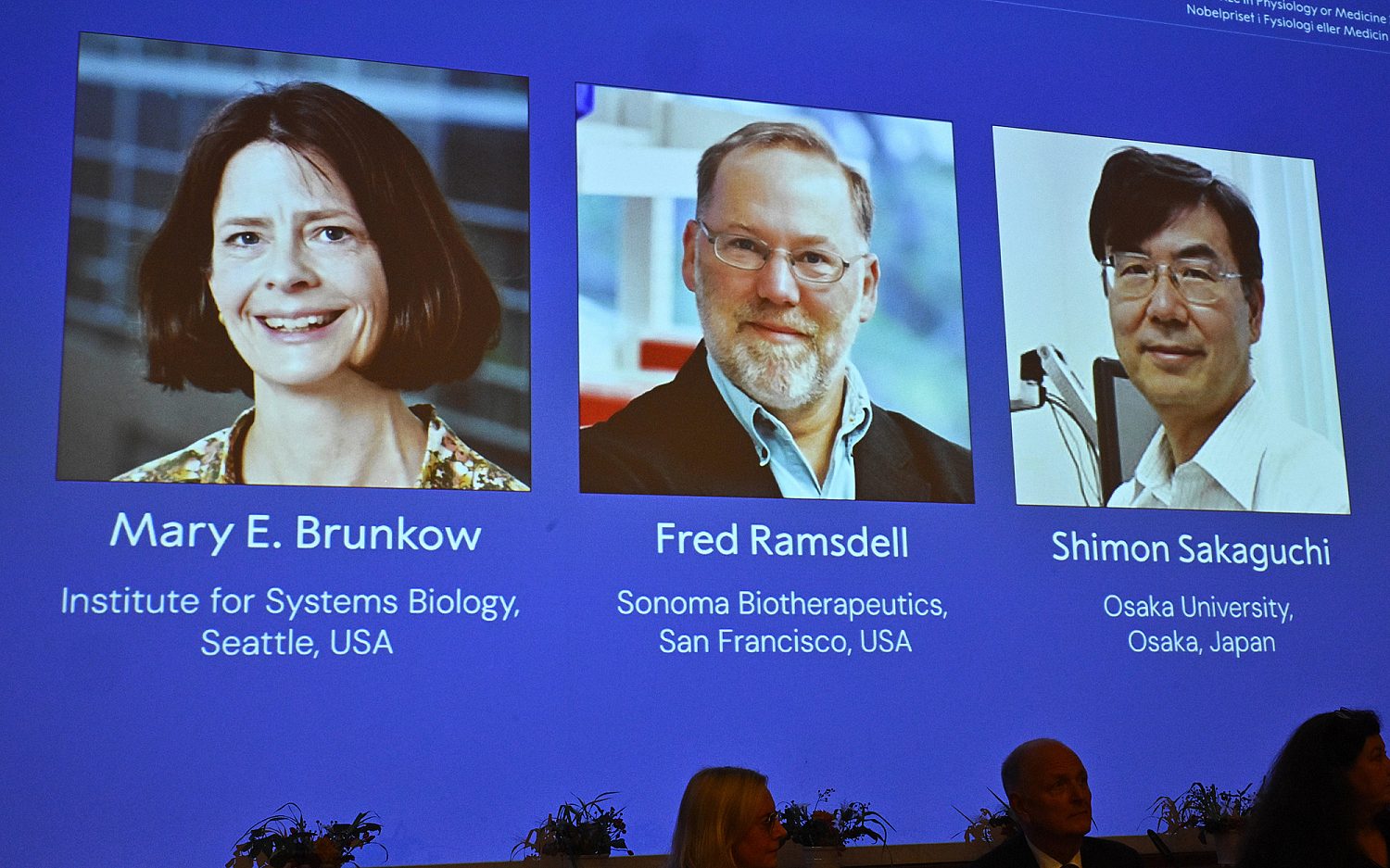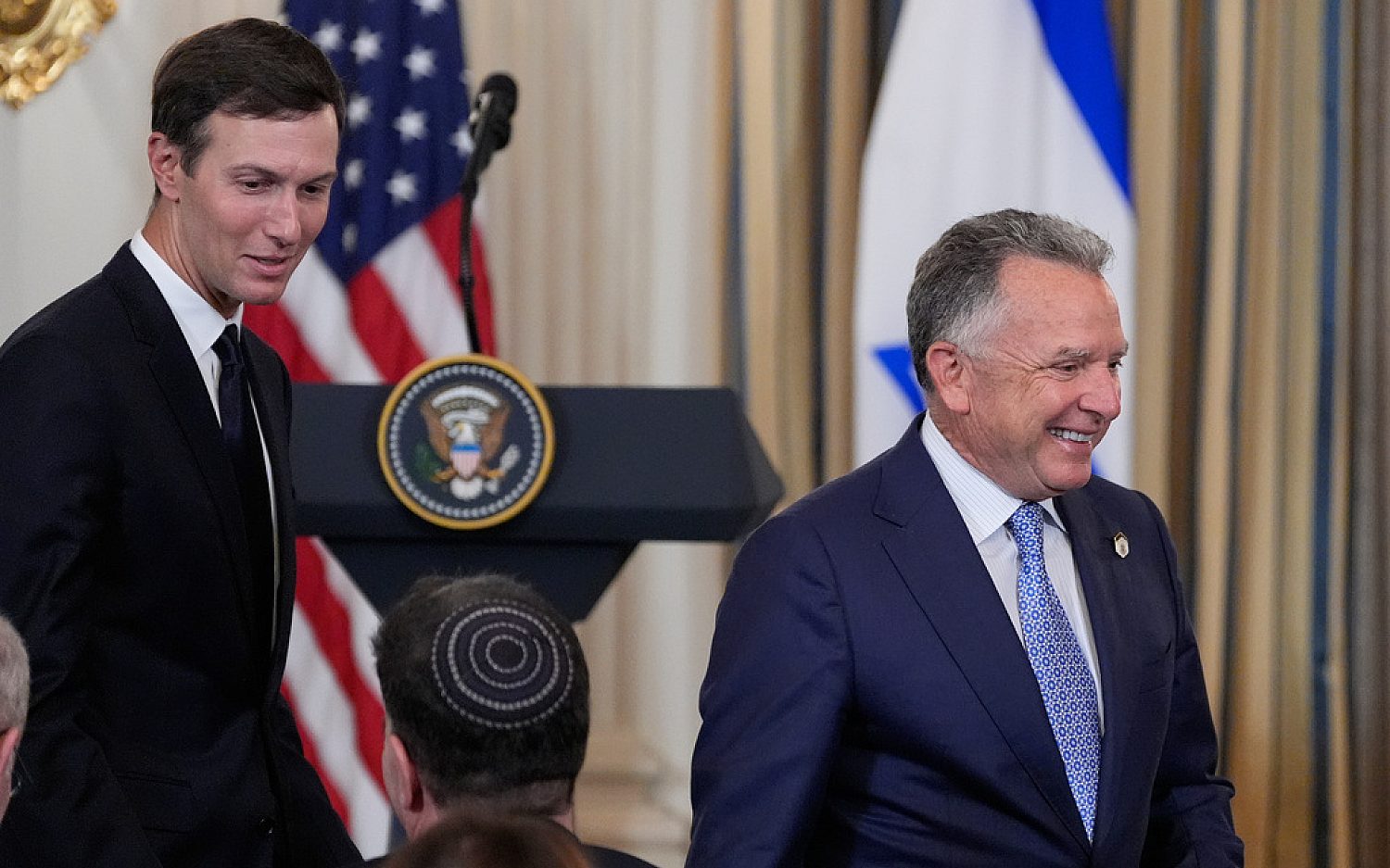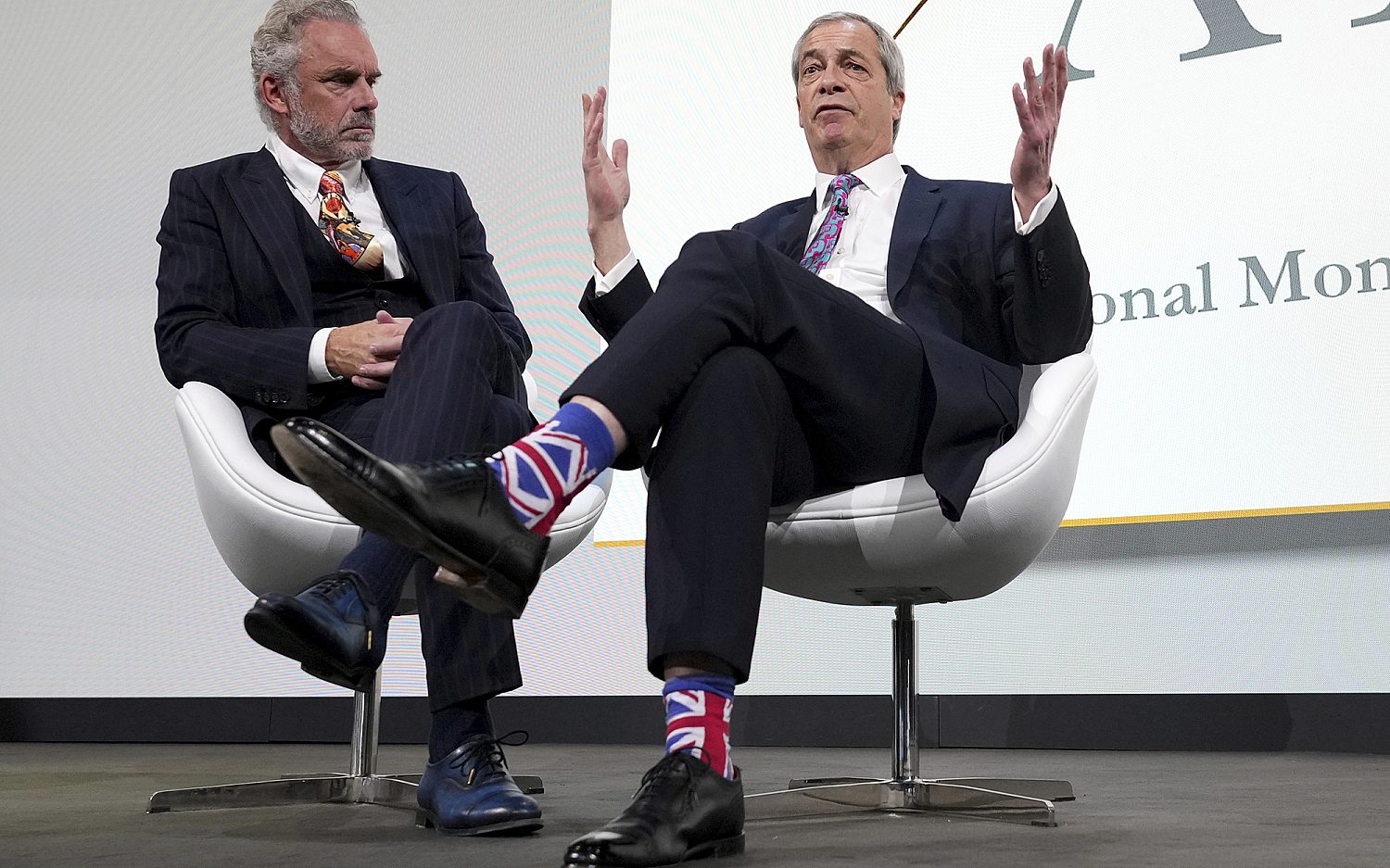Supreme Court: Texas abortion law creates ‘undue burden’
Majority of justices rule regulations are an unnecessary obstacle to abortion, citing no authority but themselves
Republican-appointed Justice Anthony Kennedy affirmed his legacy of protecting Roe v. Wade today by providing the decisive vote to strike two provisions of a Texas law regulating abortion centers. Kennedy also provided the decisive vote in Planned Parenthood v. Casey, a 1992 ruling that upheld Roe.
The ruling from Kennedy and the liberals—Justices Ruth Bader Ginsburg, Stephen Breyer, Sonia Sotomayor, and Elena Kagan—said abortion was safer than childbirth, long a talking point of abortion groups like Planned Parenthood. Kennedy’s vote meant that the late Justice Antonin Scalia, had he lived through this term, would not have changed the 5-3 outcome.
Two provisions in the Texas law, H.B. 2, were at issue: One required abortion centers to meet ambulatory surgical center (ASC) standards and another required abortionists to have admitting privileges at a nearby hospital.
The Texas legislature passed the measures in response to the conviction of Pennsylvania abortionist Kermit Gosnell, whose center was a horror scene aside from the abortions he performed. A Philadelphia jury convicted Gosnell of first-degree murder in the deaths of three babies born alive and manslaughter in the death of a patient. The grand jury investigating that case recommended states require abortion centers to meet ASC standards.
“Gosnell’s behavior was terribly wrong,” Breyer wrote for the majority. “But there is no reason to believe that an extra layer of regulation would have affected that behavior. Determined wrongdoers, already ignoring existing statutes and safety measures, are unlikely to be convinced to adopt safe practices by a new overlay of regulations.”
Justice Samuel Alito, writing a dissent joined by Chief Justice John Roberts and Justice Clarence Thomas, said a similar law in Pennsylvania might have shut down Gosnell’s facility before he could commit his crimes.
“If there were any similarly unsafe facilities in Texas, H.B. 2 was clearly intended to put them out of business,” Alito wrote.
But the Supreme Court second-guessed the Texas legislature here, tossing out the state’s assertion that the regulations were medically necessary and ruling that judicial precedent required removing obstacles from women seeking abortions. Pro-life lawyers anticipated this loss because if the court had been tied, the justices likely would have announced that soon after the March arguments in the case.
Nevertheless, the ruling sets a mess of new legal standards for state abortion regulations, and Justice Clarence Thomas, in a clear-eyed dissent, said it will “surely mystify lower courts for years to come.”
“As the court applies whatever standard it likes to any given case, nothing but empty words separates our constitutional decisions from judicial fiat,” Thomas wrote.
At the arguments in this case in March, Alito wondered whether the Supreme Court was “qualified” to determine abortion’s medical risks and what would mitigate them. Now the answer is clear: The court believes it is qualified.
Typically in rulings, the Supreme Court cites and interprets relevant laws on the issue at hand. But on abortion there are no federal laws to cite: The Supreme Court is the author of legalized abortion. The lack of statutory authority in striking a state law reveals the court’s legislative bent over the last 40 years on this issue.
Citing only its own precedents, the court wrote that states may “insure maximum safety for the patient” (Roe v. Wade) but must not “place a substantial obstacle in the path of a woman’s choice” or “impose an undue burden on the right” to an abortion (Planned Parenthood v. Casey).
Thomas’ dissent highlights how the court is making up its abortion jurisprudence as it goes along. The decision “perpetuates the court’s habit of applying different rules to different constitutional rights—especially the putative right to abortion.”
“Our law is now so riddled with special exceptions for special rights that our decisions deliver neither predictability nor the promise of a judiciary bound by the rule of law,” Thomas wrote.
Much of the ruling focused on facts. Did abortion facilities shut down as a result of the new law? Could the remaining facilities provide a sufficient number of abortions to meet demand? The Supreme Court disregarded the facts from the 5th U.S. Circuit Court of Appeals, which upheld H.B. 2, instead embracing the testimonies from the lower district court, which struck down the law. The Supreme Court concluded that H.B. 2 “provides few, if any, health benefits for women.”
This ruling also imposed a new, higher constitutional bar for state laws regulating abortion. In other words, regulation of a business would have less legal standards to meet than regulation of an abortion facility.
“The state’s burden has been ratcheted to a level that has not applied for a quarter century,” Thomas wrote.
One tiny silver lining for pro-lifers in Breyer’s ruling: He reiterated the Casey precedent that the state may regulate abortion when an infant becomes viable.
“[W]e now use ‘viability’ as the relevant point at which a state may begin limiting women’s access to abortion for reasons unrelated to maternal health,” the court wrote.
This was the final day of the Supreme Court’s term. The court will begin sitting again in October.
An actual newsletter worth subscribing to instead of just a collection of links. —Adam
Sign up to receive The Sift email newsletter each weekday morning for the latest headlines from WORLD’s breaking news team.





Please wait while we load the latest comments...
Comments
Please register, subscribe, or log in to comment on this article.